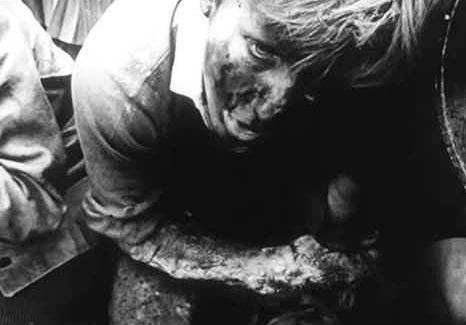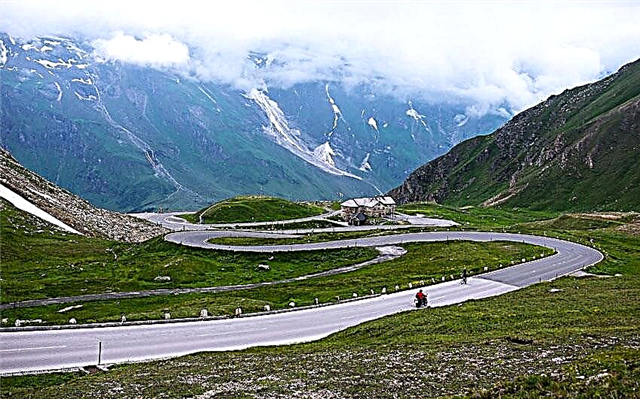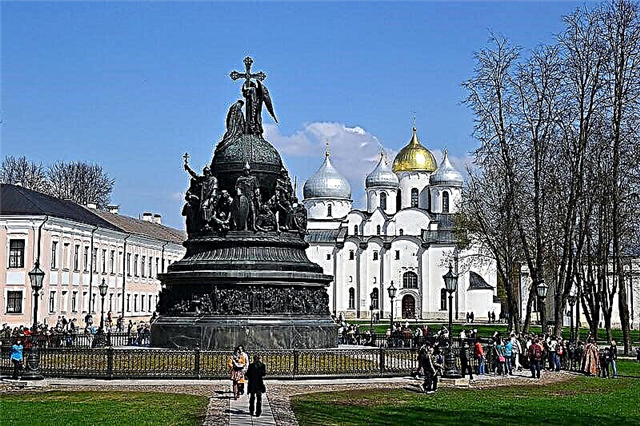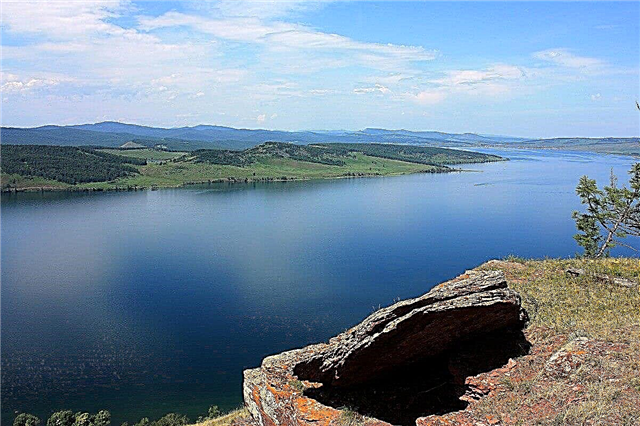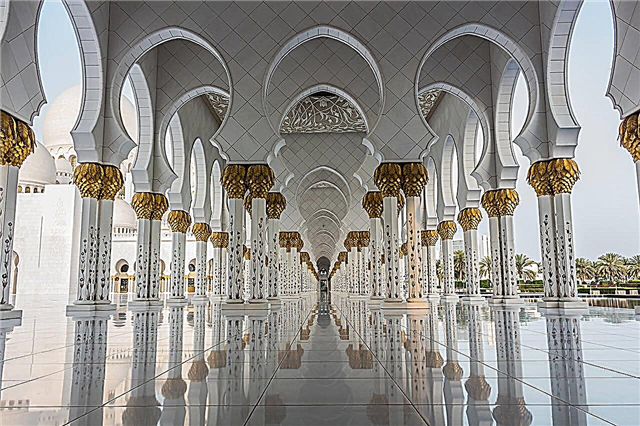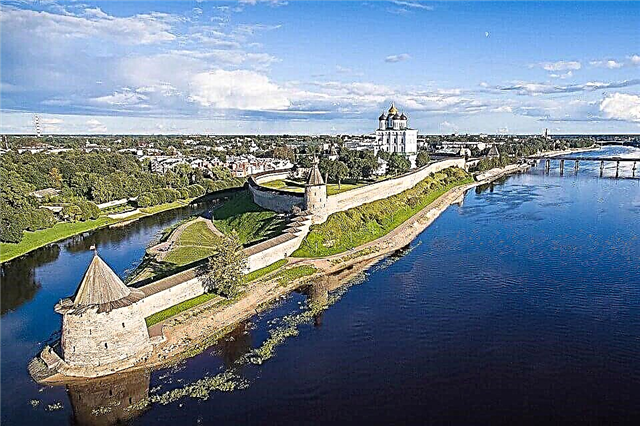The Pskov region in the northwestern part of Russia was formed in 1944. The population is 629.6 thousand people. 72% are urban residents, most of whom live in Pskov and Velikiye Luki - the largest cities. Nowhere else in the country is there such a number of medieval monuments as in the Pskov region.
These are fortresses made of rough stone atypical for Russia in Pskov, Porkhov, Izborsk, Gdov, and several dozen old churches, and ancient monastic complexes, and stone chambers of the 16th-17th centuries. The towns of Opochka, Nevel, Ostrov have preserved their unique buildings from the times of the Russian Empire. On the territory of the region there are a number of noble estate-museums associated with the great names of S. V. Kovalevskaya, N. A. Rimsky-Korsakov, M. P. Mussorgsky, A. S. Pushkin.
The largest cities of the Pskov region
List of the largest cities in terms of population in the region.
Pskov
Old Russian city on the Velikaya river. The first mentions date back to 903. City of Military Glory. An important transport hub and tourist center of the region. The objects of cultural heritage include the powerful structures of the Pskov Fortress, more than two dozen magnificent churches of the 12th-16th centuries, the Snetogorsk and Mirozh monasteries, famous for their ancient frescoes, and monuments of civil architecture of past centuries.
Population - 210,340 people (2020).

Velikie Luki
Located on the Lovat River. It was founded in 1166 and was called Luke until 1406. It was declared a city in 1777. There is a railway station and an airport. The main historical sites are the Velikie Luki Fortress, founded in the 12th century, the Kazan Church and the Ascension Cathedral. In the vicinity there are houses-estates of S. Kovalevskaya and M. Mussorgsky. An international balloon festival is held every summer.
Population - 90 thousand people.

Island
Located on the Velikaya River. It was first mentioned as a frontier fortress in 1341. It became a district town in 1719. Among the remarkable objects are several churches of the 16th-18th centuries, fragments of fortifications, chain bridges over the Great 1853, the Simansky Women's Monastery, the Neklyudov-Valuevs' estate in 1764. In the vicinity of the city there is a famous center "Yunost", which trains skiers and biathletes.
Population - 20 thousand people.

Nevel
City on the lake of the same name. The first mentions are in 1504. Since 1773 it has been in the status of a city. There are 2 railway stations. Of interest are several merchant houses of the 19th century, the building of the gymnasium of 1904, the Trinity Church of 1850, the local history museum in the building of the former post station. Not far from the city there is a memorial complex "Golubaya Dacha" - the site of the mass execution of Jews during the Second World War.
Population - 14.8 thousand people.

Opochka
It was founded in 1414 as a defensive fortress on the Velikaya River. Since 1777 it has been in the status of a city. Among the sights there are the Opochetsky Val with the remains of fortifications, the building of the gymnasium of the 18th-19th centuries, the inactive church and the Intercession Church of the 19th century, the Museum of Local Lore. On the outskirts there is a wooden estate house of the noblemen Bolychevs. Other 19th century mansions have also survived in the city.
Population - 9.9 thousand people.

Pechory
It is located in the west of the region, near the border with Estonia. Leads history since 1472, the date of the founding of one of the largest and most famous monasteries in Russia - Pskovo-Pechersky. This is the main pearl of Pechora. In the status of a city - since 1782. There are 3 Orthodox Christians here, as well as a Lutheran church, which is famous for its organ. A prominent monument of military architecture, the Izborsk Fortress, is located 30 km away.
Population - 9.7 thousand people.

Porkhov
City on the Shelon river. Founded by Alexander Nevsky as a defensive fortress in 1239. In 1773 it became a county town. The ancient Porkhov Fortress with towers and a temple functions today as a museum. Also, several ancient temples have survived on the territory of the city. There are many noble estates in the vicinity. The resort "Khilovo" is 10 km away, famous for its waters and healing mud with hydrogen sulfide content.
Population - 8.5 thousand people.

Bottom
The first mentions are in the 15th century. The official date of foundation is considered to be 1897. Since 1925 - in the status of a city. Railway junction. The only historical building in the city is the Church of the Archangel Michael from 1821. The station building with a tower crowned with a spire is an example of the Stalinist Empire style. There is a locomotive monument here, and not far away is a cross erected in memory of the abdication of the last Russian tsar from the throne.
Population - 7.5 thousand people.

Novosokolniki
Located on the coast of the Maly Udray River. It began with a small station settlement, founded in 1901. It has been in the status of a city since 1925. There is a railway station. The city has several monuments and war memorials, there is a museum of local lore. In the vicinity are of interest for the settlement and the ancient fortress of Ostry, as well as the wooden Pokrovsky Church dating from the 19th century.
Population - 7100 people.

Sebezh
Located on two lakes - Orono and Sebezhskoe, it borders on Latvia and Belarus. In the list of historic cities. The date of foundation is considered to be 1535 - the beginning of the construction of a fortress with a temple. Received city status in 1772. On the steep cape there are preserved fortifications called the Castle. A monument to the famous native of the city Z. E. Gerdt is erected. The eponymous national park is located in the vicinity.
Population - 5300 people.


